
Cable net membrane structures are a type of tensile structure that is becoming increasingly popular in architecture. These structures are characterized by their lightweight, flexible, and durable materials, which create a taut and dynamic form. The primary advantage of cable net membrane structures is their ability to span long distances and create large open spaces with minimal support.
Cable net membrane structures are created by suspending a network of steel cables over a space and then attaching a membrane material, typically made of PVC or PTFE-coated fiberglass, to the cables. The membrane is then tensioned, creating a taut and flexible form that is both functional and aesthetically pleasing.
One of the most notable examples of a cable net membrane structure is the Eden Project in Cornwall, UK. This project features a series of large geodesic domes that are constructed from a network of steel cables and covered with ETFE membranes. The result is a striking and unique structure that provides a highly efficient and sustainable space for botanical gardens and educational exhibits.
Cable net membrane structures offer a number of practical advantages over traditional building methods. The use of tensioned membranes allows for greater flexibility in design, as the membrane can be shaped and molded to fit virtually any form. This allows for a high degree of customization and creativity in architectural design, as well as the ability to create unique and innovative spaces.
In addition to their aesthetic appeal, cable net membrane structures are highly durable and require minimal maintenance. The membrane materials used in these structures are resistant to weathering, UV radiation, and other environmental factors, which means they can last for decades with minimal upkeep. Additionally, the lightweight nature of these structures means they have a low impact on the surrounding environment and can be easily installed and dismantled as needed.
Another benefit of cable net membrane structures is their sustainability. The lightweight and flexible nature of these structures means they require fewer materials than traditional building methods, resulting in a lower carbon footprint. Additionally, the use of tensioned membranes allows for the creation of large open spaces that allow for natural light and ventilation, reducing the need for artificial lighting and HVAC systems.
Overall, cable net membrane structures represent a unique and innovative approach to architectural design. Their lightweight and flexible nature, combined with their durability and low maintenance requirements, make them an ideal choice for a variety of applications. Whether creating an iconic botanical garden or a simple shade structure, cable net membrane structures offer a versatile and efficient solution that is sure to impress. Architractile Architecture is at the forefront of this innovative and sustainable approach to design, creating unique and functional spaces that are both beautiful and practical.
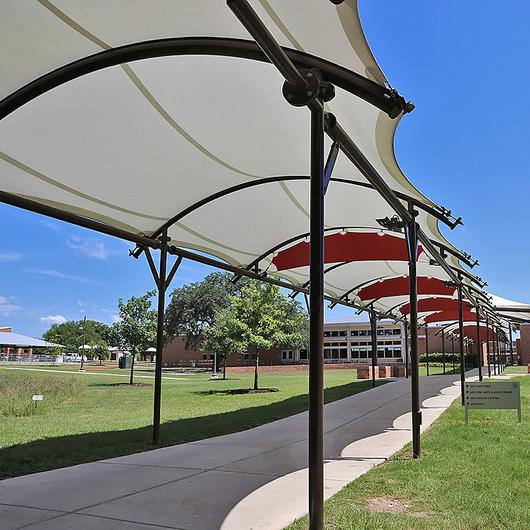 Walkway Structure
Walkway Structure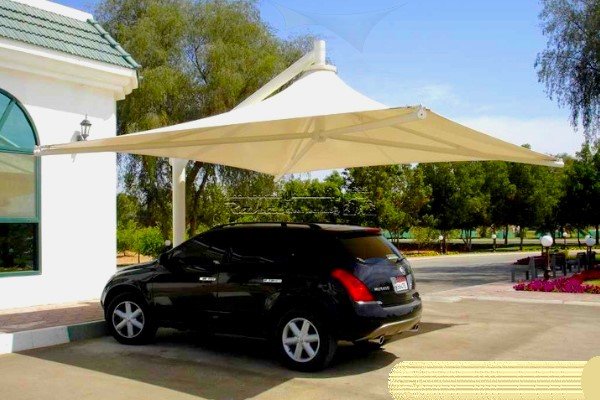 Tensile Umbrella
Tensile Umbrella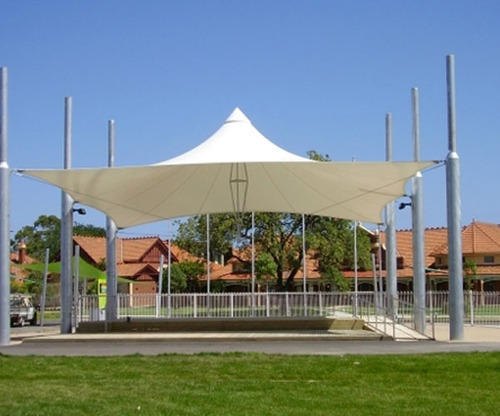 Tensile Gazebo
Tensile Gazebo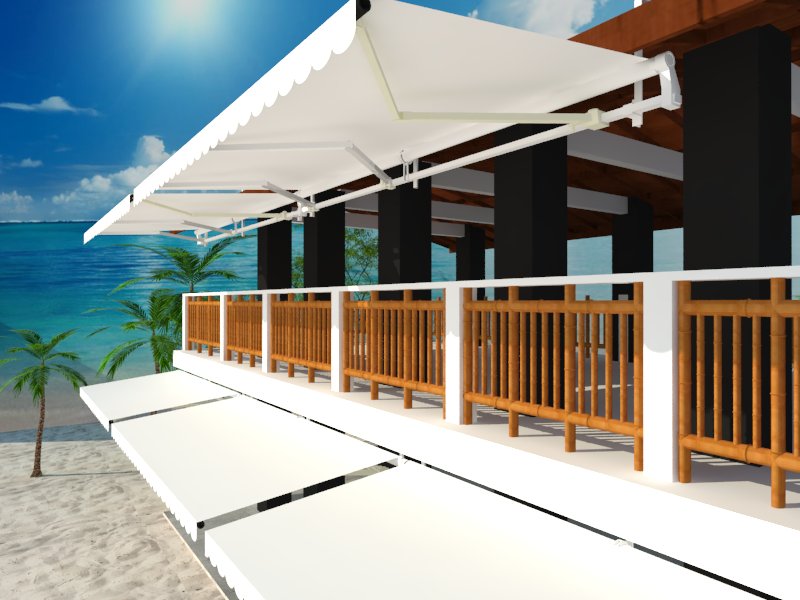 Awning Shade
Awning Shade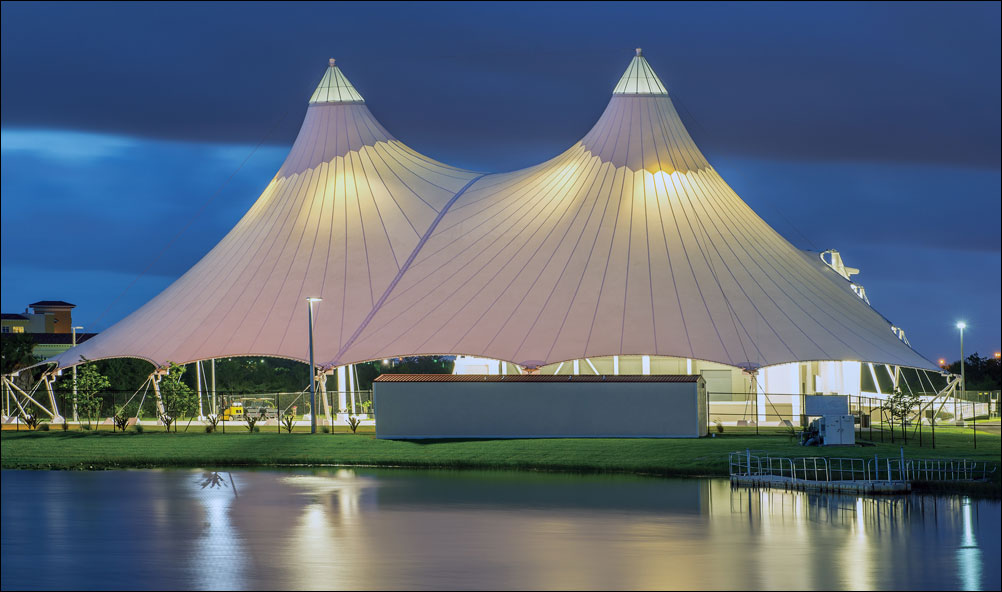 Tensile Structure
Tensile Structure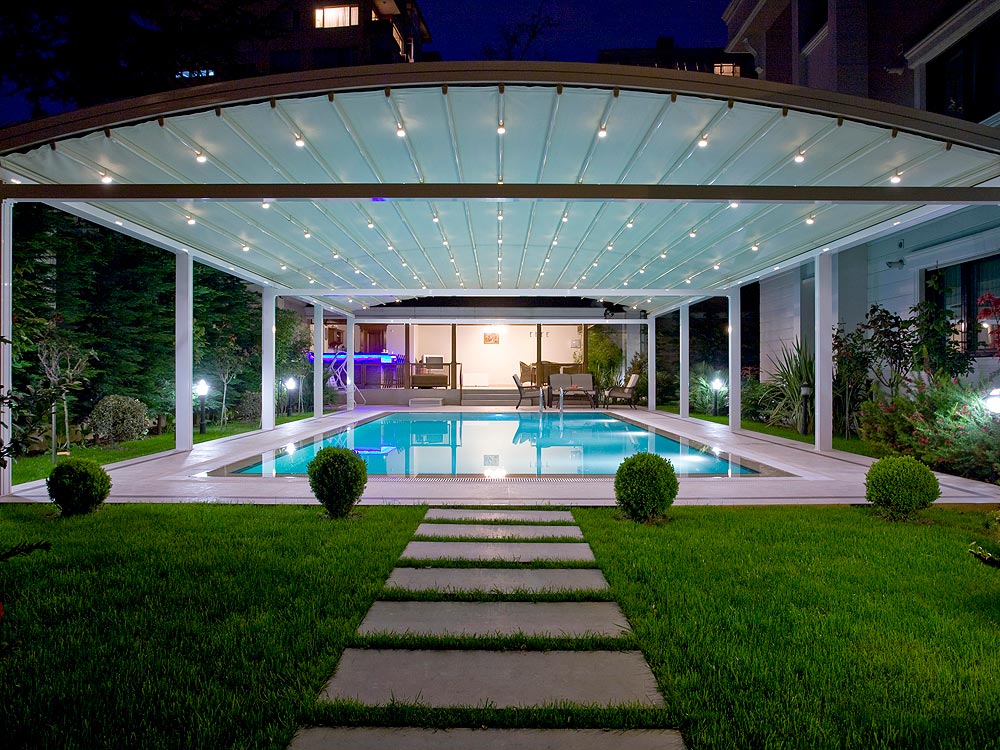 Swimming Pool Enclosures
Swimming Pool Enclosures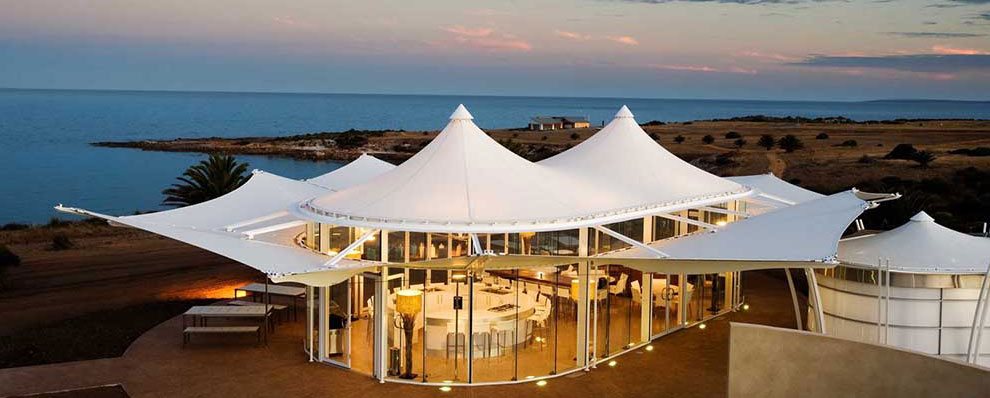 Tensile Roof Shade
Tensile Roof Shade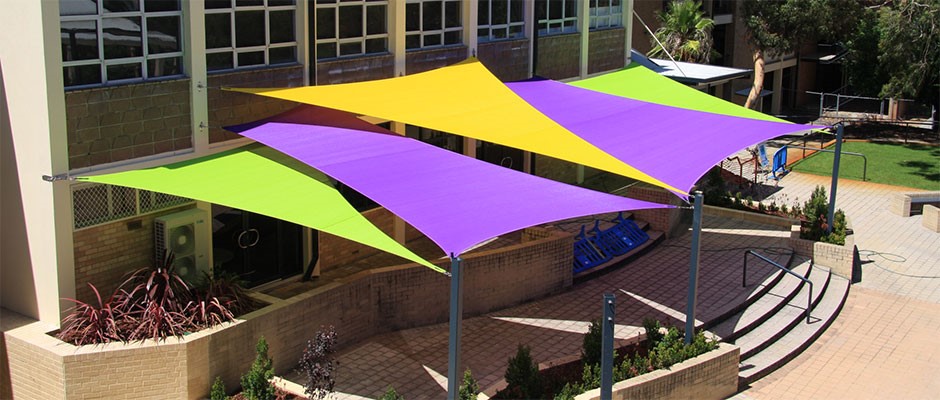 Shade Sail
Shade Sail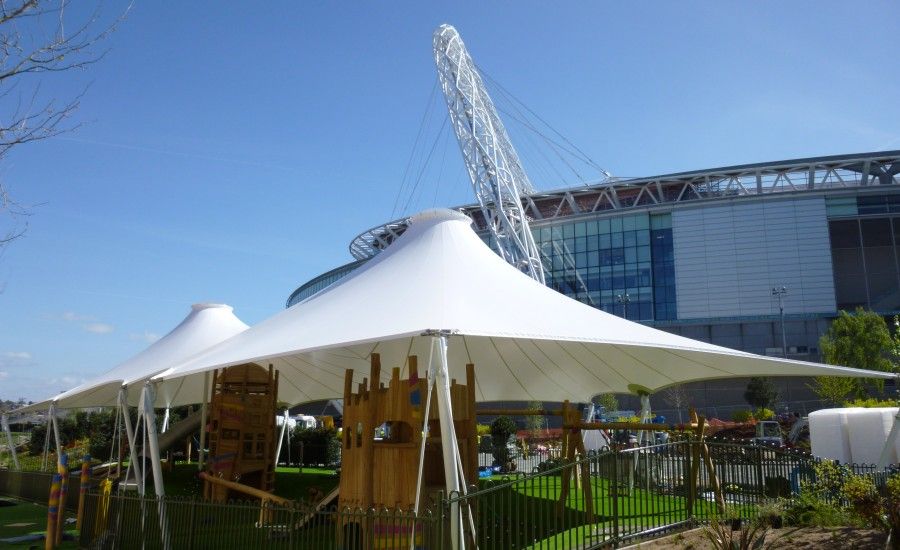 Architectural Umbrellas
Architectural Umbrellas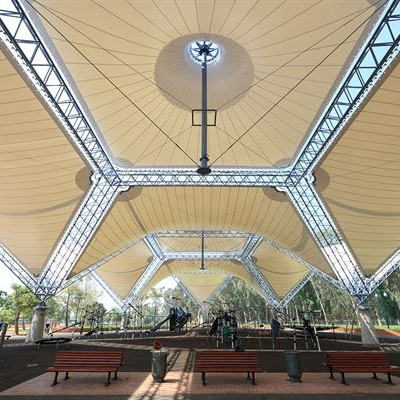 Auditorium Tensile Structure
Auditorium Tensile Structure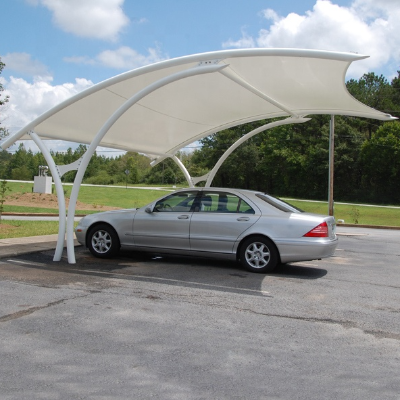 Tensile Car Parking
Tensile Car Parking Conical Tensile Structure
Conical Tensile Structure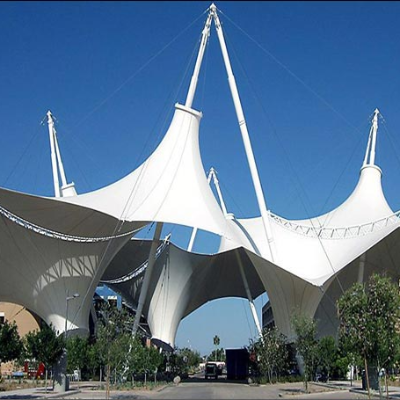 Modular Tensile Structure
Modular Tensile Structure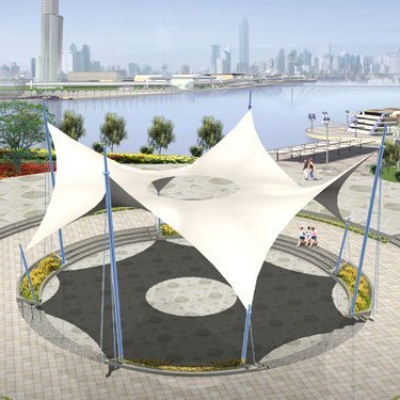 Outdoor Tensile Structures
Outdoor Tensile Structures Swimming Pool Tensile Structure
Swimming Pool Tensile Structure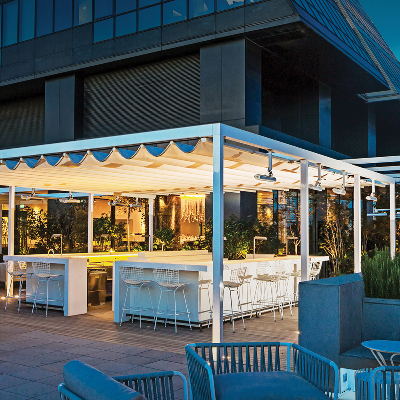 Retractable Roof
Retractable Roof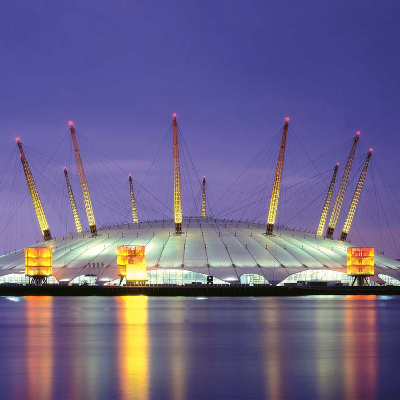 Tensile Architecture
Tensile Architecture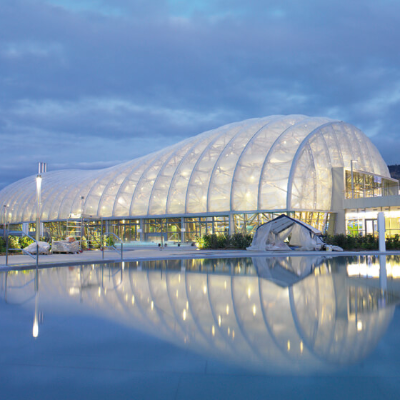 Tensile Membrane Structure
Tensile Membrane Structure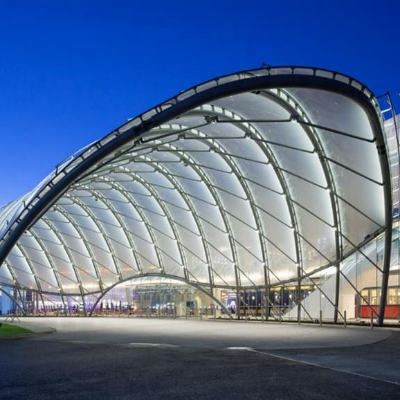 Tensile Roof
Tensile Roof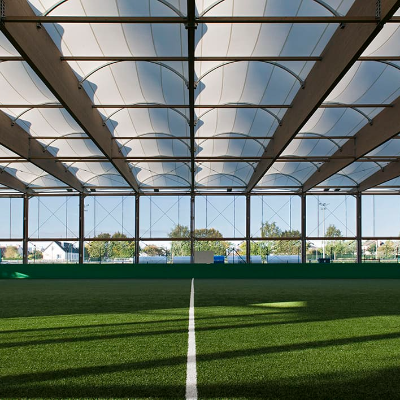 Fabric Roof
Fabric Roof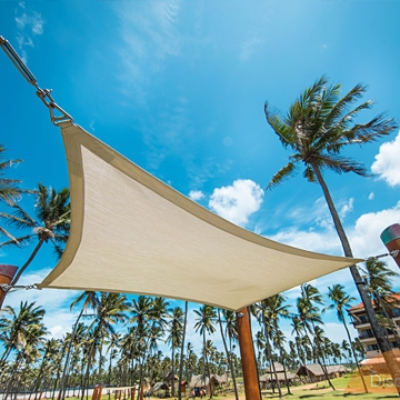 Hyper Tensile Structure
Hyper Tensile Structure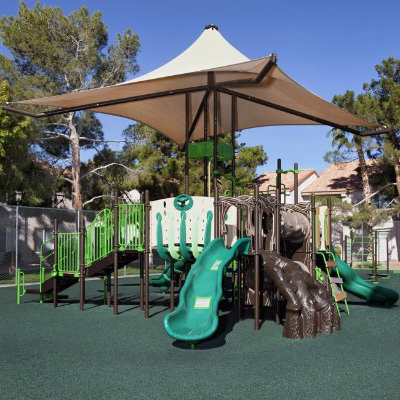 Playground Canopies
Playground Canopies Tensile Canopy
Tensile Canopy Tensile Fabric Structure
Tensile Fabric Structure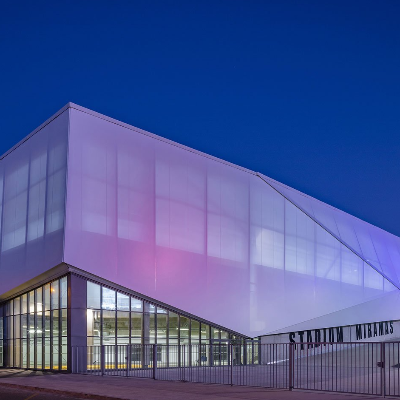 Tensile Facade
Tensile Facade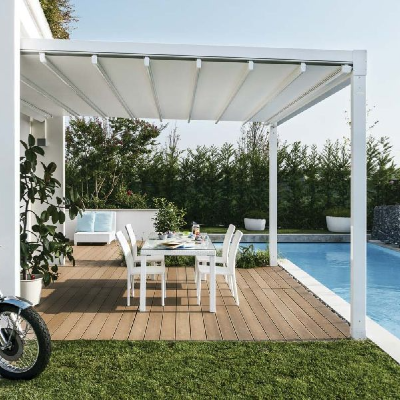 Tensile Pergola
Tensile Pergola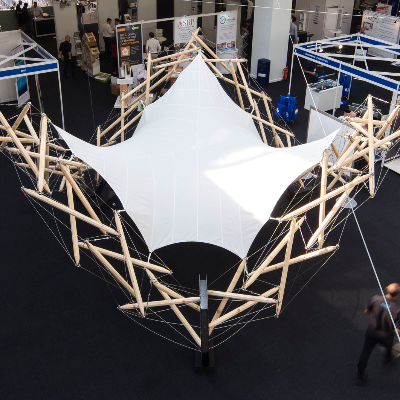 Tension Fabric Structure
Tension Fabric Structure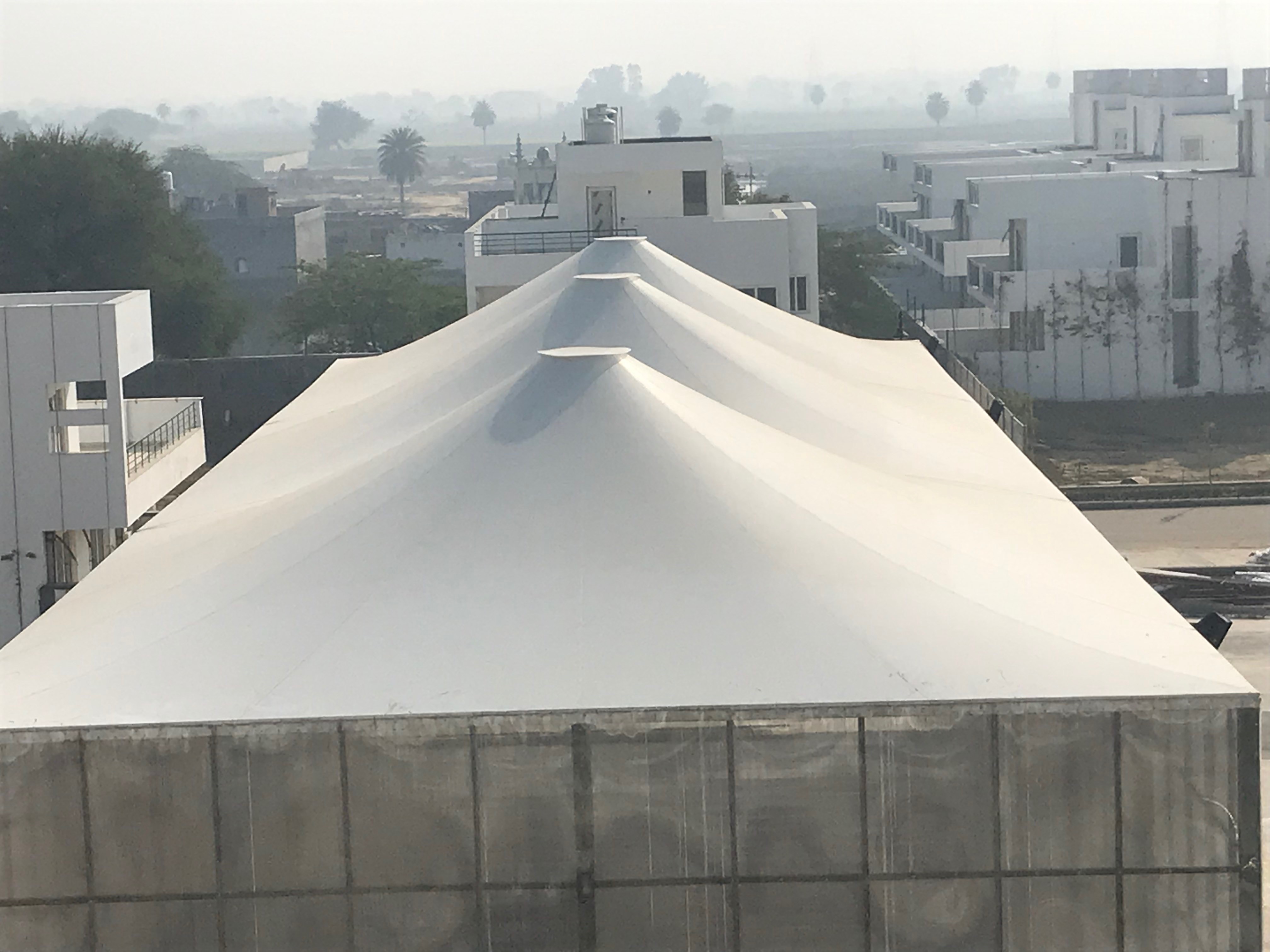 Badminton Court Tensile Structure
Badminton Court Tensile Structure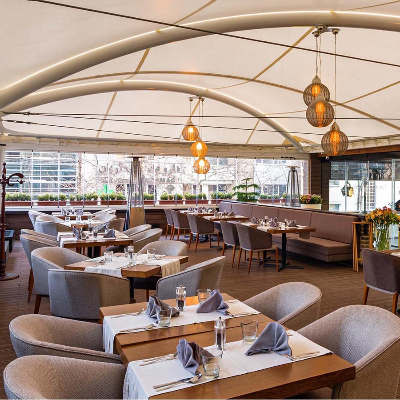 Restaurants Tensile Structure
Restaurants Tensile Structure Cantilever Tensile Structure
Cantilever Tensile Structure Inverted Umbrella Tensile Structure
Inverted Umbrella Tensile Structure Amphitheater Tensile Structure
Amphitheater Tensile Structure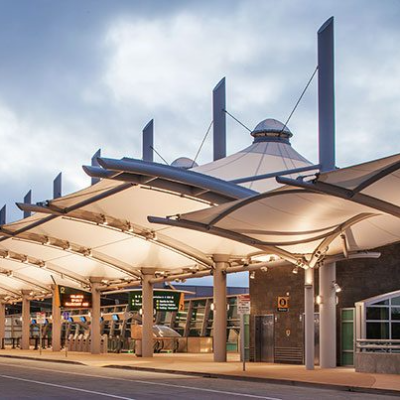 Airport Tensile Structure
Airport Tensile Structure Tensile Shelter
Tensile Shelter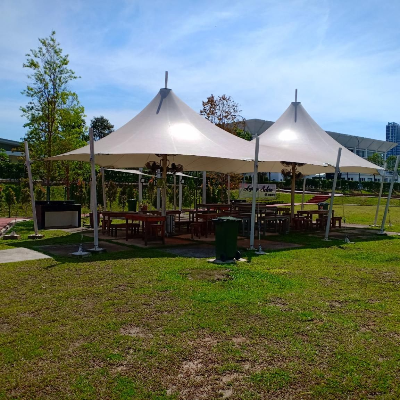 Lawn Tensile Structure
Lawn Tensile Structure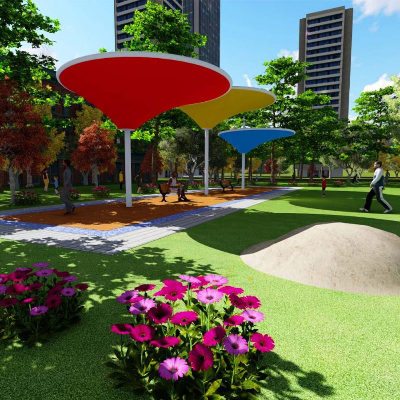 Garden Tensile Structure
Garden Tensile Structure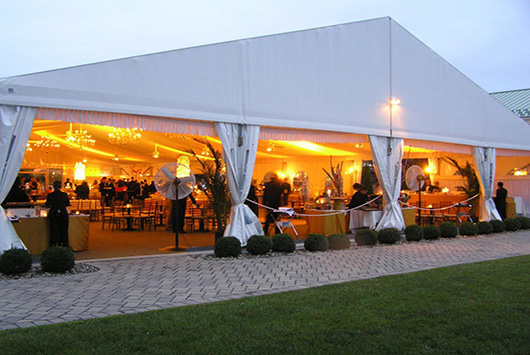 Marriage Hall Tensile Structure
Marriage Hall Tensile Structure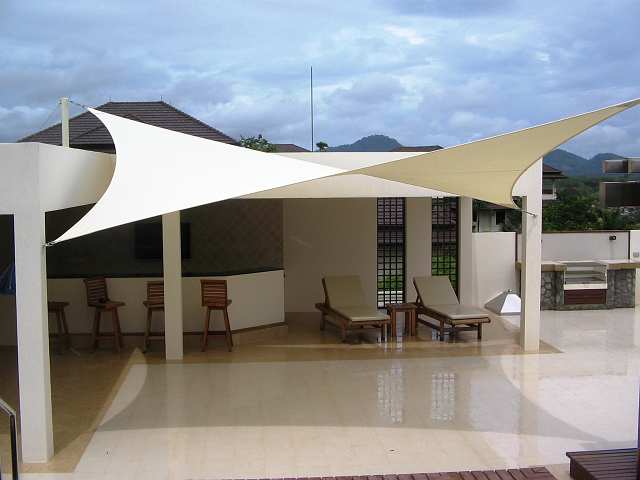 Terrace Tensile Structure
Terrace Tensile Structure House Tensile Structure
House Tensile Structure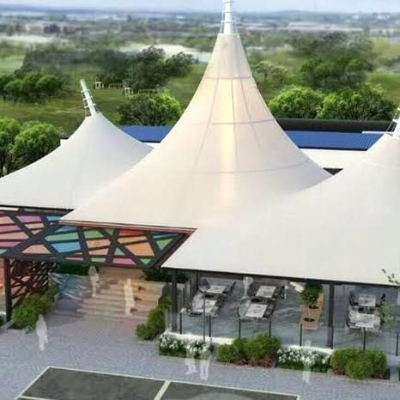 Roofing Tensile Structure
Roofing Tensile Structure Tensile Structure for Building
Tensile Structure for Building Tensile Structure for Parking
Tensile Structure for Parking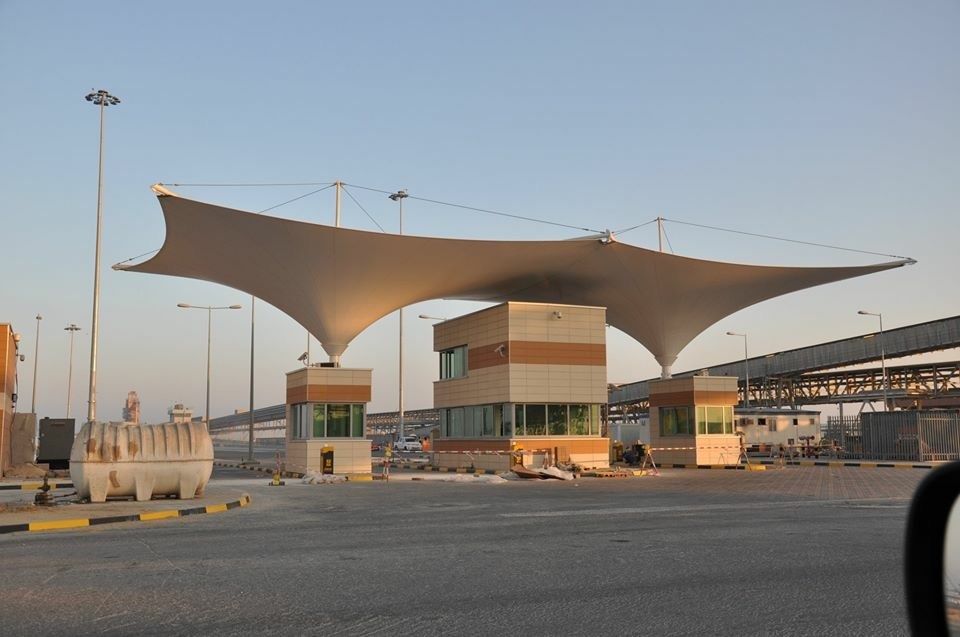 Tensile Structure for Entrance Canopy
Tensile Structure for Entrance Canopy Tensile Structure for Public Spaces
Tensile Structure for Public Spaces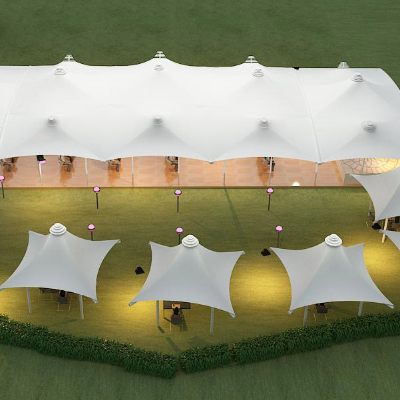 Tensile Structure for Banquet
Tensile Structure for Banquet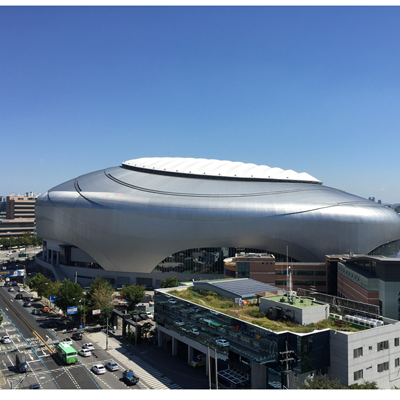 Anticlastic Structure
Anticlastic Structure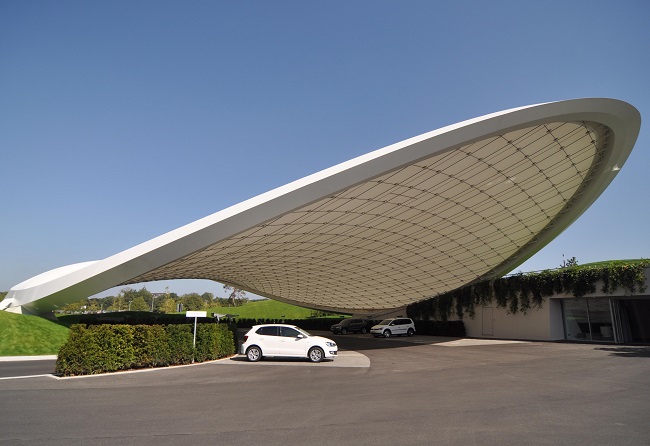 Synclastic Structure
Synclastic Structure Linear Tensile Structures
Linear Tensile Structures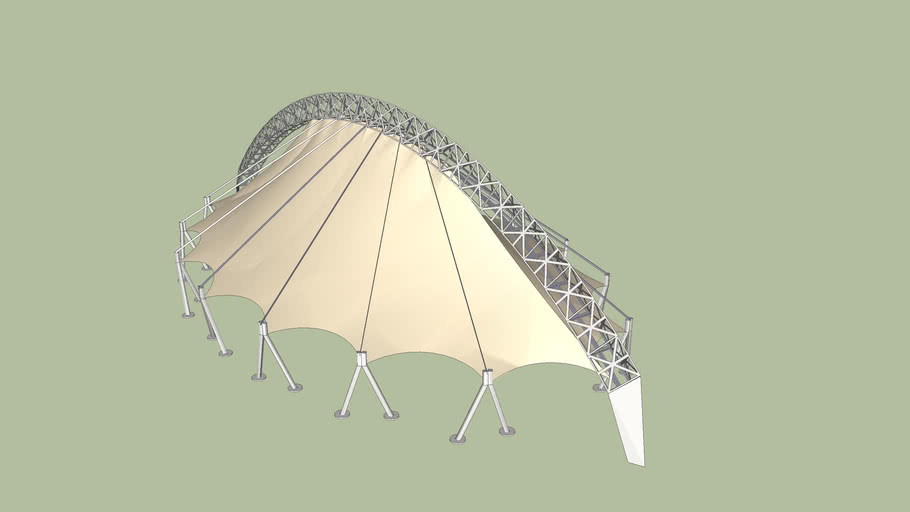 Three Dimensional Tensile Structures
Three Dimensional Tensile Structures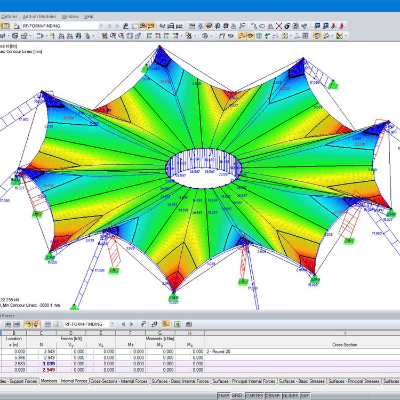 Surface Stressed Tensile Structures
Surface Stressed Tensile Structures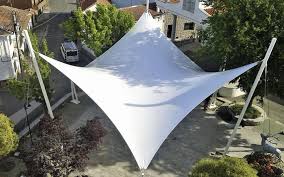 Hyperbolic Paraboloid Tensile Structure
Hyperbolic Paraboloid Tensile Structure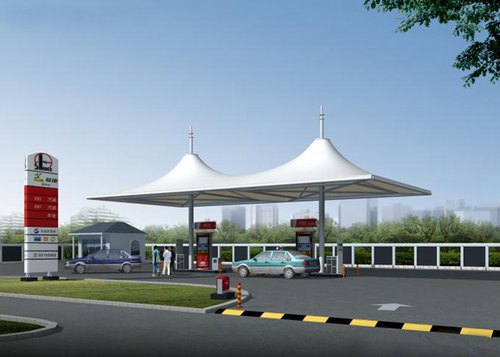 Petrol Pump Tensile Canopy
Petrol Pump Tensile Canopy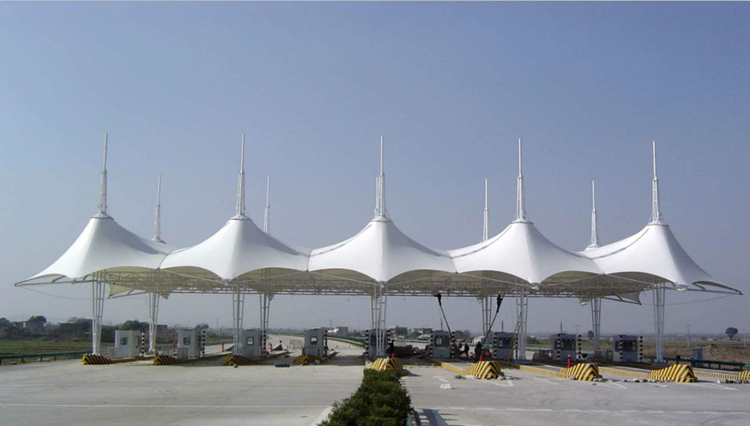 Toll Plaza Tensile Canopy
Toll Plaza Tensile Canopy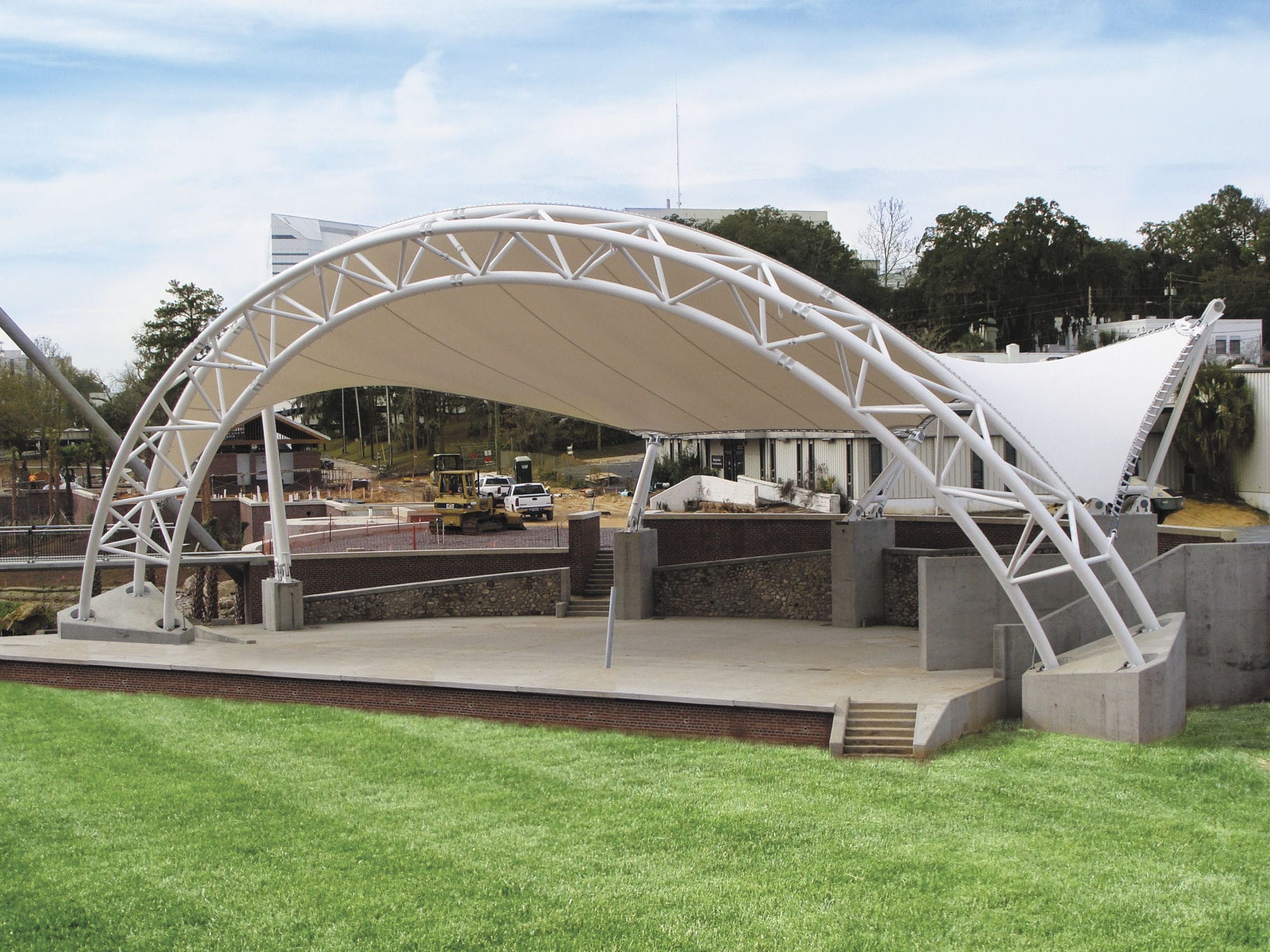 Arch Supported Tensile Structure
Arch Supported Tensile Structure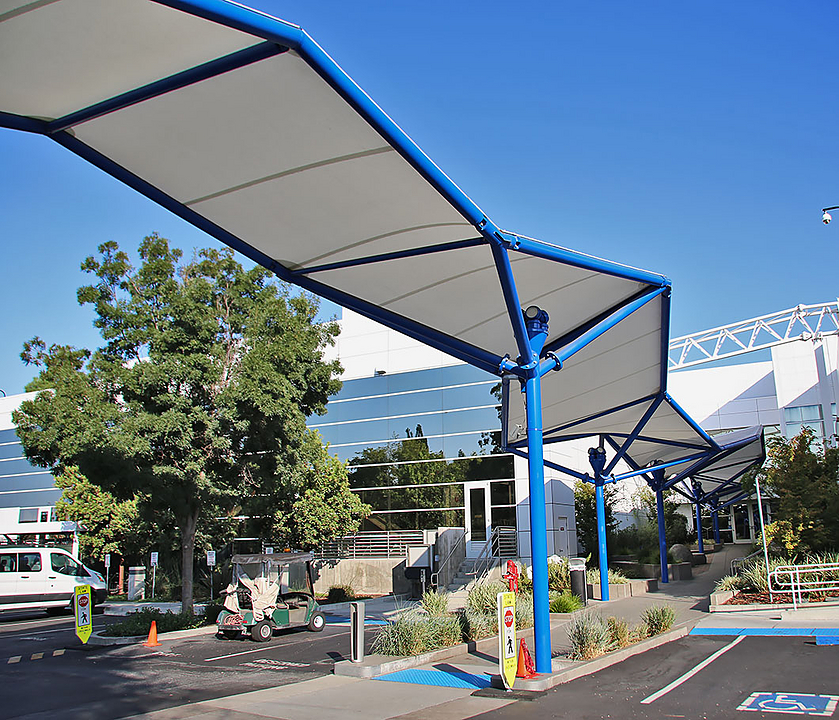 Barrel Roof Walkways
Barrel Roof Walkways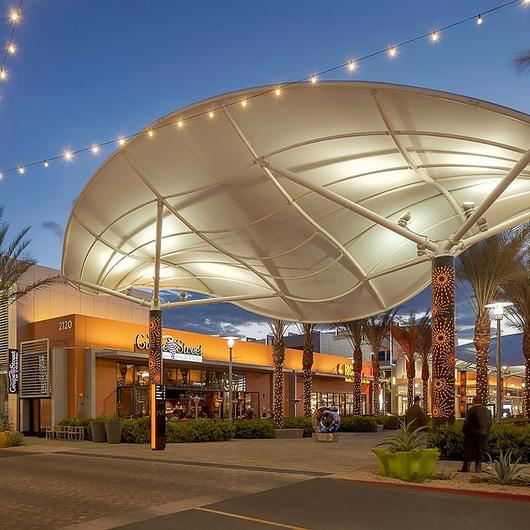 Canopy Membrane
Canopy Membrane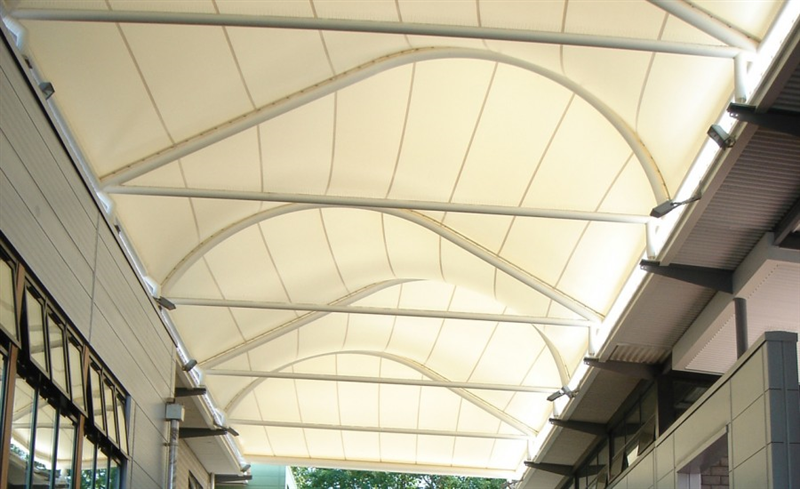 Atrium Tensile Architecture
Atrium Tensile Architecture School Tensile Structure
School Tensile Structure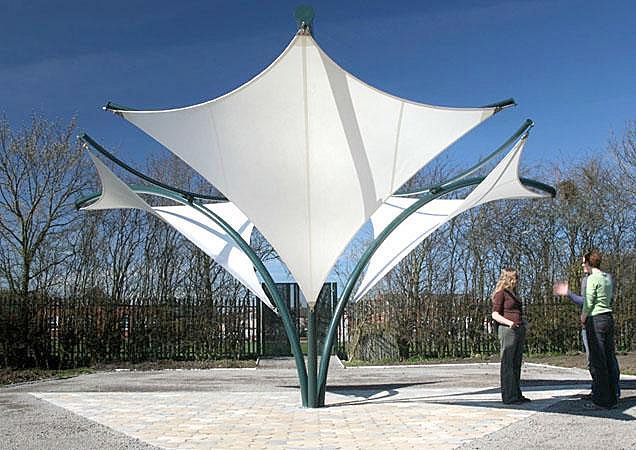 Tensile Landscape Structure
Tensile Landscape Structure Shell Structure
Shell Structure Tensile Pavilion Architecture
Tensile Pavilion Architecture Interior Tensile
Interior Tensile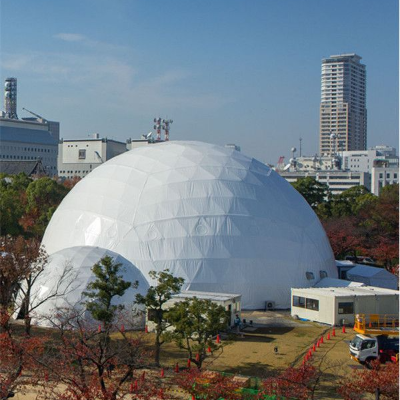 Tensile Dome
Tensile Dome Indoor Tensile Structure
Indoor Tensile Structure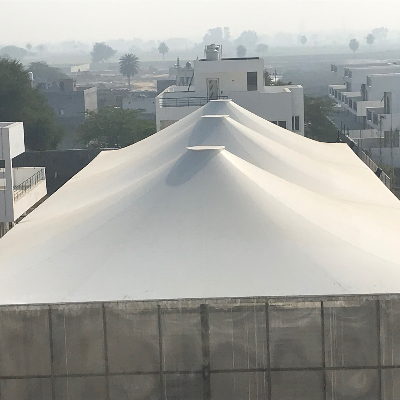 Tennis Court Tensile Roof Fabric Structure
Tennis Court Tensile Roof Fabric Structure Tensile Fabric False Ceiling and Stretch Ceiling
Tensile Fabric False Ceiling and Stretch Ceiling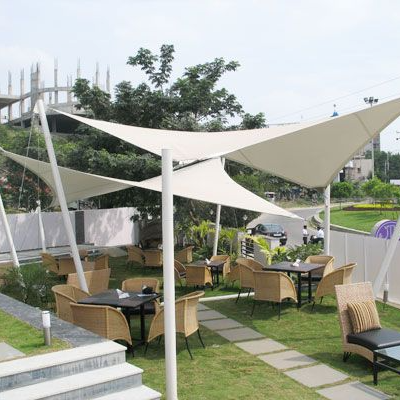 Tensile Structure Food Court
Tensile Structure Food Court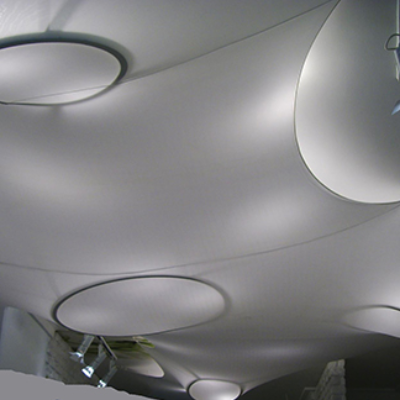 Tensile Stretch Ceiling
Tensile Stretch Ceiling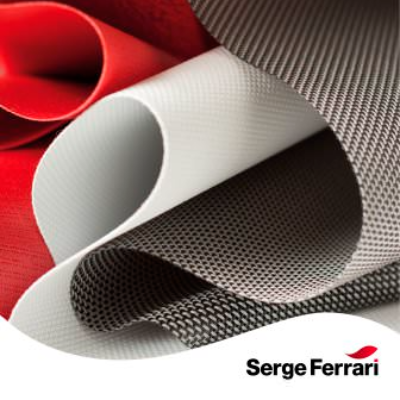 Serge Ferrari Fabric
Serge Ferrari Fabric Mehler Tensile Fabric
Mehler Tensile Fabric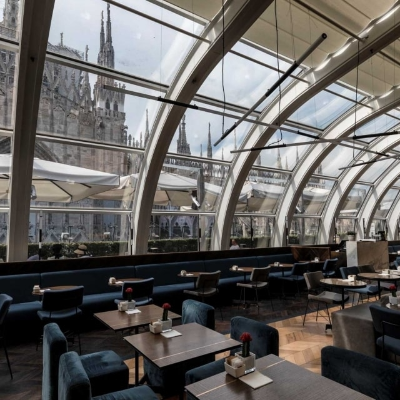 Acoustic Blinds
Acoustic Blinds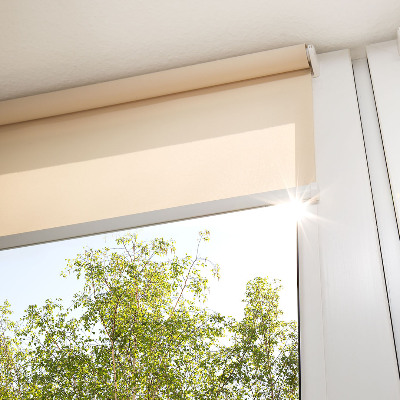 Roller Blinds
Roller Blinds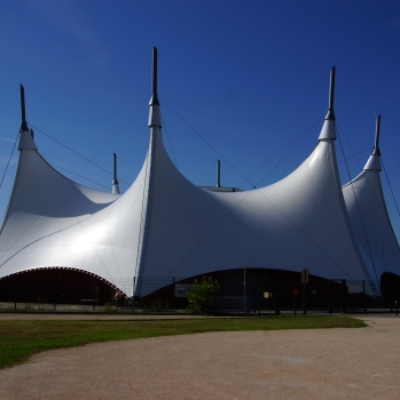 Mast Supported Tensile Structure
Mast Supported Tensile Structure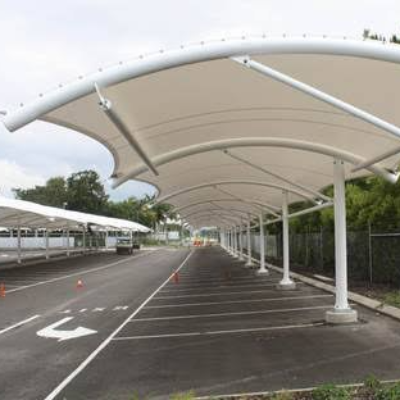 Barrel Vault Tensile Structure
Barrel Vault Tensile Structure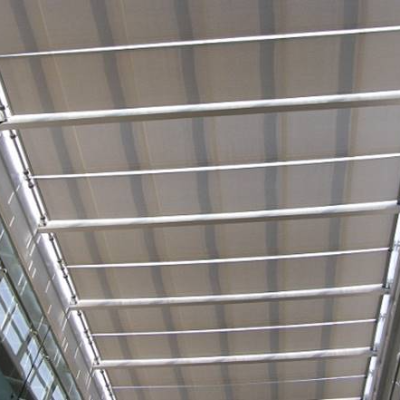 Parallel Tensile Structure
Parallel Tensile Structure